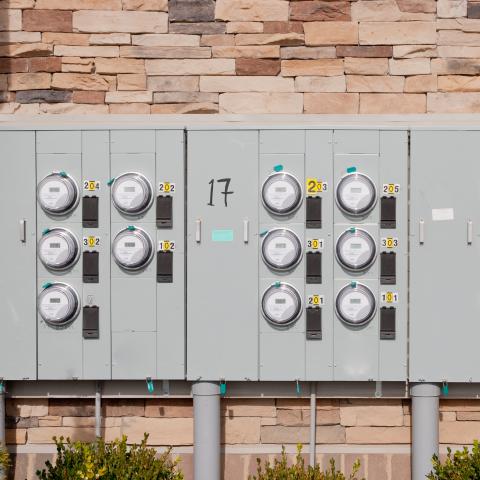Heavy duty vehicles, such as large semi-trucks and buses, disproportionately contribute to harmful air pollution, particularly in low-income and disadvantaged communities. They also emit significant greenhouse gases, exacerbating climate change. Fortunately, zero-emission electric versions of these vehicles are on the road today and increasingly available. However, the infrastructure required to support these vehicles is immense.
-
J.D Environmental Law
California legislators are considering two bills which aim to safeguard the financial viability of the news industry and support journalism by tapping revenues from online platforms. Following are analyses by the Institute of Technology, Law and Policy on the legal risks, mitigations and likelihood of each.
“Platforms have disrupted the market for reliable information, which is foundational to journalism’s role as a public good. Whether through SB1327, AB886, or some other initiative, the time to act is now.”
Opponents of the Environmental Protection Agency’s recent “Good Neighbor” Plan claim that these important standards for so-called wandering ozone could destabilize the electric power system by, for instance, retiring coal-fired plants too soon. The rule does no such thing, according to some of the nation’s leading engineers and analysts with expertise in the operation, structure, economics, regulation, and reliability of the U.S. power system.
After the California Supreme Court ruled in 2023 that Monterey County could not enforce its voter-approved ban on new oil and gas wells, there has been a wave of threatened and actual litigation by the oil and gas industry against local ordinances seeking to constrain oil and gas development. This has generated regulatory uncertainty and may chill local governments not already subject to litigation in their efforts to rightfully exercise their land use authority.
-
J.D Environmental Law

The urgent challenge of climate change and the growth of new distributed energy resources has disrupted the electricity sector, creating space for new stakeholders and new visions. But these debates over the energy transition are playing out against a cost-of-living crisis in California. The soaring costs of our electric power system are compounding this broader cost-of-living strain and burdening a substantial number of low- and middle-income customers. So, how can policymakers work toward the state’s climate goals and prioritize equity?
The California Air Resources Board’s Low Carbon Fuel Standard (LCFS) seeks to incentivize the production and sale of alternative, lower-emissions transportation fuels to displace conventional fossil fuels. But there are some well-documented questions about the program’s incentives for industrial dairy operations. This report analyzes several commonly raised issues regarding California’s dairy digester policy. The report comes as the California Legislature declined to move on SB 709, a bill introduced last year to reform the role of dairy biogas in the LCFS.
-
J.D Environmental Law
Reducing methane emissions is a high priority for greenhouse gas mitigation. Several jurisdictions are starting to use methane remote sensing from aerial, satellite, and ground-based platforms and more are planning to do so soon. The trajectory and potential limitations of these advances are still emerging. Yet they are likely to have profound implications for methane control efforts, whether pursued through managerial, market, informational, regulatory, or other legal and policy channels.
-
J.D Environmental Law
The movement of goods through the Ports of Los Angeles and Long Beach is a major source of air pollution and greenhouse gas emissions in the L.A. region. The South Coast Air Quality Management District has reported that the Ports are “the single largest fixed source of air pollution in Southern California.” And neighboring communities—predominantly low-income communities of color—bear the brunt of this pollution, suffering from smog and toxic air pollution from port equipment.
Controlling methane emissions is an urgent goal of governments around the world, but some jurisdictions are farther along than others.
This policy brief is a global survey of existing and proposed regulatory approaches to controlling anthropogenic methane emissions from the highest-emitting sources. The brief was written by Gabriel Greif, Emmett/Frankel Fellow of Environmental Law.
The threat of flooding and erosion is increasing throughout the United States as a warming atmosphere makes precipitation events more extreme and contributes to sea level rise. This Pritzker Brief examines California’s existing real estate disclosure practices and suggests mechanisms to improve them to account for the accelerating risk of sea level rise, or SLR.